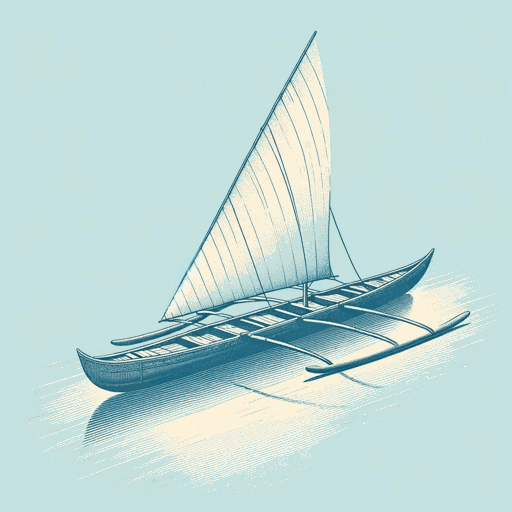50 pages • 1 hour read
Wade DavisThe Wayfinders: Why Ancient Wisdom Matters in the Modern World
Nonfiction | Book | Adult | Published in 2009A modern alternative to SparkNotes and CliffsNotes, SuperSummary offers high-quality Study Guides with detailed chapter summaries and analysis of major themes, characters, and more.
Chapter 5Chapter Summaries & Analyses
Chapter 5 Summary: “Century of the Wind”
Spreading out of Africa and across the earth, humanity has diversified into countless unique cultures that represent “ten thousand different ways of being” (163). Half of these cultures are today nearing extinction, and with them their cultural wisdom will be erased. We may think these people fade away due to the natural progress of society, but this is untrue. Davis asserts that “in every case these are dynamic living peoples being driven out of existence by identifiable and overwhelming external forces” (167).
The great buffalo herds of North America were almost fully extinguished in a single decade. By 1890 the sun dance of the Kiowa was outlawed, and the people waned, wiped out by disease. This is only one example of the two-fold destruction of culture and landscape that occurred across the earth. The outlawing of sacred ritual expressions goes hand-in-hand with genocide. Eduardo Galeano calls the 20th century the “the century of the wind” (171), reminding us that “these fateful events happened not in the distant past but in the lifetimes of our own grandparents, and they continue to this day” (171).
The Penan people of Borneo are “a culture of hunters and gatherers often said to be among the last nomadic peoples of Southeast Asia” (172).

